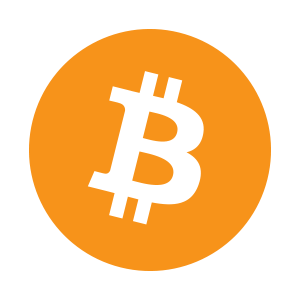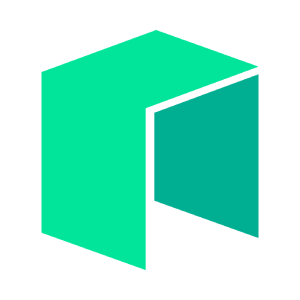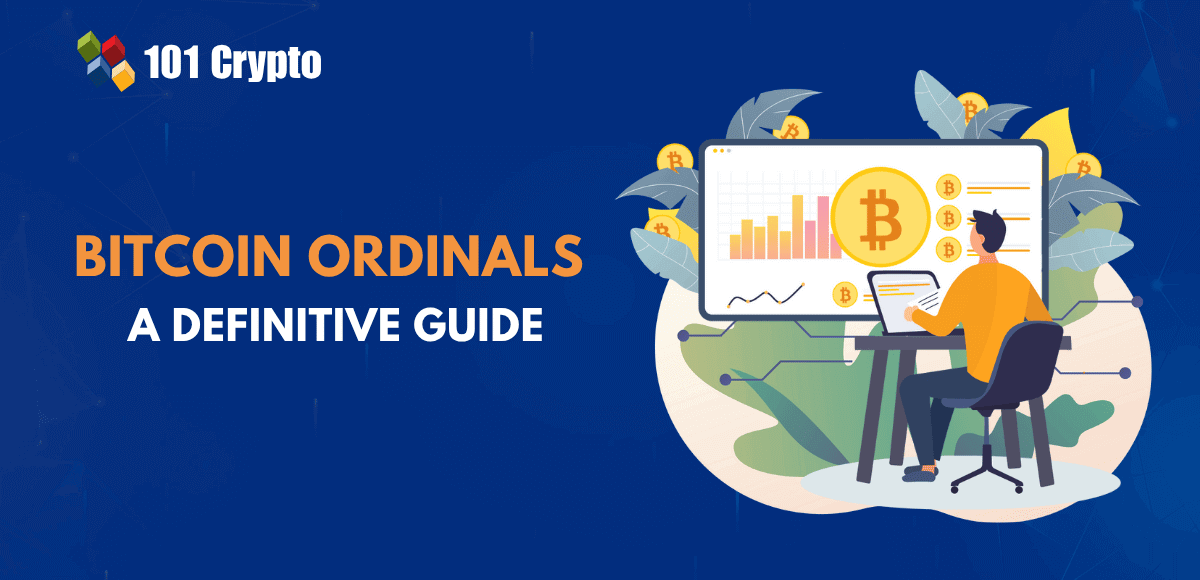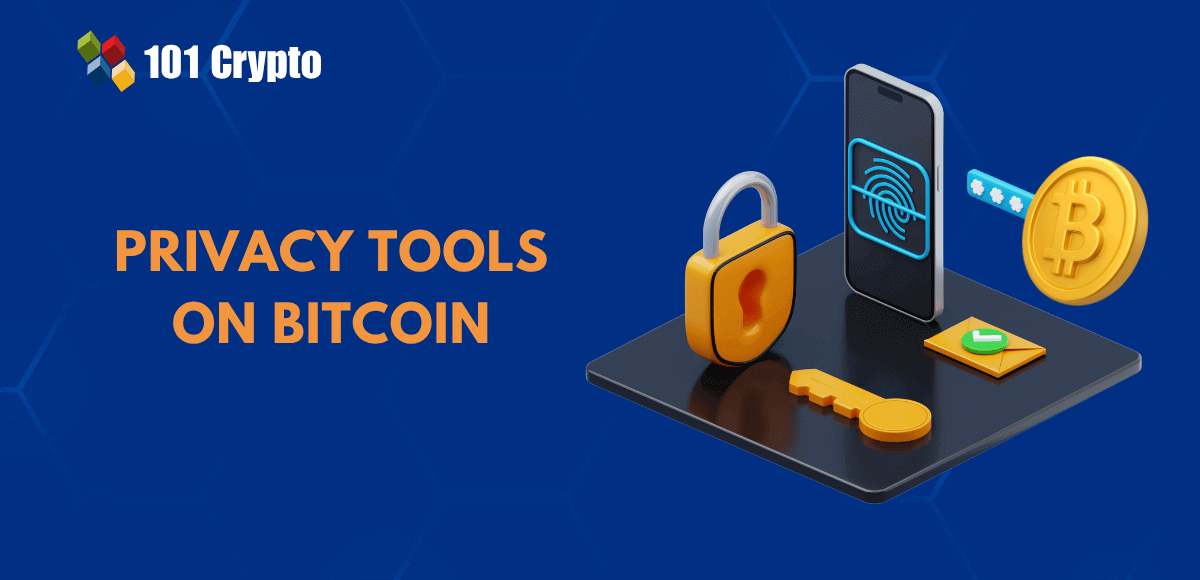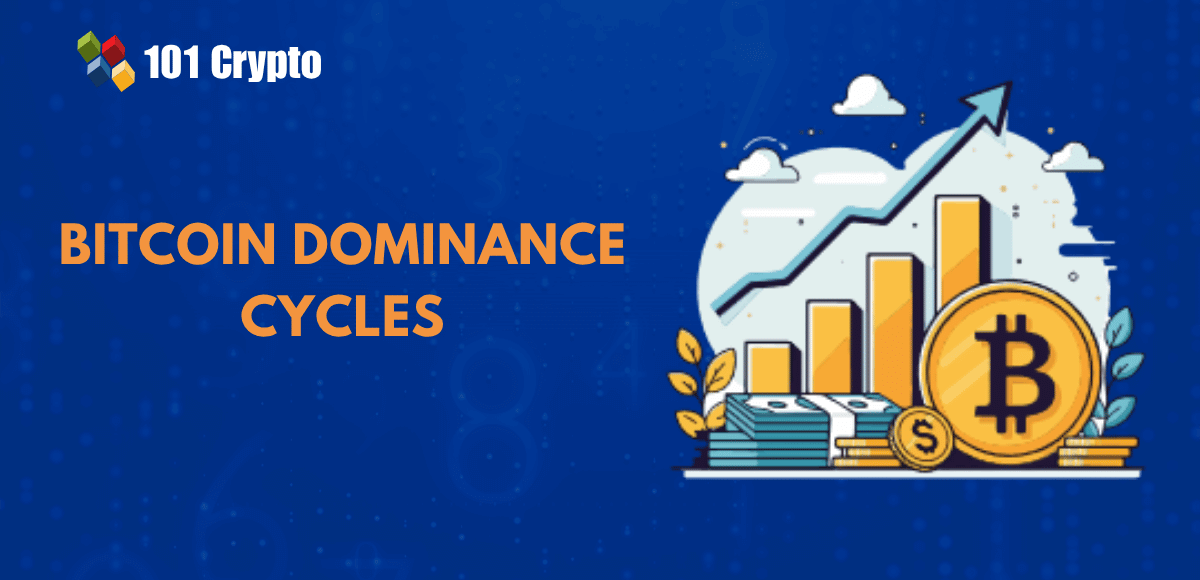Bitcoin might be the biggest cryptocurrency in the world albeit with some limitations that prevent it from reaching full potential. Unlike Ethereum, the Bitcoin blockchain cannot host NFTs, which has been a persistent concern in the minds of crypto experts and enthusiasts. The fundamentals of Bitcoin ordinals explained the most effective approach to introduce NFTs on the Bitcoin blockchain. The groundbreaking concept has revolutionized conventional notions about digital ownership of assets on one of the most secure networks.
One of the easiest ways to explain Bitcoin ordinals is to consider them as NFTs for the Bitcoin blockchain. Many people argue that ordinals didn’t offer anything new as NFTs on Bitcoin were not a new concept. However, ordinals are significantly better than NFTs on layer-2 networks as they mint NFTs directly on Bitcoin blockchain. Let us learn more about them and how they work.
Enroll now in the Bitcoin Fundamentals Free Course to gain deep insights on how the Bitcoin blockchain works.
Understanding Bitcoin Ordinals
Non-fungible tokens or NFTs transformed the traditional views of digital asset ownership. Subsequently, the explosive growth of NFT projects on the Ethereum blockchain made everyone believe that Bitcoin could never host NFTs. On the contrary, many layer 2 networks, such as Stacks and Counterparty, had already enabled NFTs over the Bitcoin blockchain. Bitcoin Ordinals address this setback by introducing a fundamentally different architecture as compared to other Bitcoin-based NFTs. In simple words, you can describe ordinals as native Bitcoin NFTs, which are different from their layer-2 counterparts.
The Bitcoin Ordinals protocol offered an easy method to create Bitcoin NFTs by inscribing data like videos, images, text or other files to individual Satoshis, the tiny denomination of Bitcoin. As a result, the ordinal NFTs don’t exist on a separate layer and work on the Bitcoin blockchain itself. The Ordinals protocol assigns a unique serial number to each Satoshi according to the order in which it was mined. The serial numbers, also known as ordinals, help the Bitcoin blockchain track the location and ownership of every Satoshi.
Identifying the Factors that Supported Bitcoin Ordinals
With Bitcoin Ordinals, the crypto landscape witnessed the possibilities for innovation on the Bitcoin blockchain. The Ordinals Bitcoin NFT collection has been growing constantly with their appealing traits, the biggest one being their Bitcoin-native design. Bitcoin Ordinals work without any modifications to the Bitcoin protocols or additional layers and also facilitate backward compatibility with the Bitcoin network. The ordinal theory established the numbering scheme for Satoshis inscribed with data to create NFTs. However, Bitcoin Ordinals exist today because of the SegWit and Taproot upgrades in the Bitcoin protocol.
While SegWit and Taproot were not introduced specifically for enabling Bitcoin Ordinal NFTs, they created a strong foundation for ordinals. The upgrades increased the amount of data that could be stored in a block on the Bitcoin blockchain. As a result, they made more space for images, videos and other files that can help in creating NFTs. SegWit or Segregated Witness update expanded the amount of arbitrary data that users can include in one Bitcoin transaction. On the other hand, the Taproot upgrade helped in ensuring easier structuring and storage of arbitrary witness data. Taproot opened the doors for including different types of media that could be stored on the Bitcoin blockchain.
Working Mechanism of Bitcoin Ordinals NFTs
The best way to understand how Bitcoin Ordinals work will require knowledge of the difference between ordinals and inscriptions. The answers to “How do Ordinals work in Bitcoin?” will help you figure out that ordinals are a numbering system that introduces the non-fungible trait in satoshis. On the other hand, inscriptions point at the contents of the NFT, such as videos, text, images or other arbitrary data. You can learn more about the working of ordinal NFTs by drawing parallels to layer-1 NFTs hosted on other blockchain protocols.
The two most important components of an NFT are its token ID and metadata. Token ID of a NFT refers to the unique identification that helps users differentiate one non-fungible token from another. In some cases, NFTs can have same token IDs even if they are created by using different smart contracts. The smart contract will help in differentiating one NFT from the other in such scenarios. The Ordinals protocol follows a numbering system for Satoshis inscribed to create Bitcoin Ordinal NFTs, which makes every NFT different.
Metadata of a NFT represents the arbitrary data attached to the non-fungible token. The metadata may be about financial assets, artwork, in-game assets or many other things that can be represented as NFTs. Ordinals NFTs don’t work with a designated spot for metadata like NFTs on other blockchain protocols. The metadata for ordinals NFTs are included in the witness data of transactions. In simple words, the metadata for ordinals NFTs in a Satoshi is inscribed in a specific part of Bitcoin transaction.
How is Bitcoin Native NFT Different from other NFTs?
The discussions about the growth of the Bitcoin Ordinals list also draw the limelight towards differences between ordinals and other NFTs. First of all, you must remember that the Bitcoin protocol does not offer formal recognition to the ordinal theory. As a result, Bitcoin Ordinals can be fungible or non-fungible, depending on the user’s preferences.
Bitcoin users can ignore an ordinal or the data inscribed on it to use it like any other Bitcoin token. Therefore, you can use ordinals to pay for transactions or network fees while preserving the arbitrary data. However, you cannot do the same with an NFT on Ethereum blockchain as it will be completely different from an ETH token.
Unraveling the Benefits of Bitcoin Ordinal NFTs
The definition and working mechanism of Bitcoin Ordinal NFTs provide a lot of insights on how they create Bitcoin-native NFTs. You can also notice that the introduction to Bitcoin Ordinals explained how they can transform the crypto space with their benefits. For instance, the most noticeable benefit of ordinals NFTs is the unparalleled security of the Bitcoin blockchain. As a result, creators and collectors will more likely invest their faith and trust in ordinals NFTs.
Another notable benefit of Bitcoin Ordinals is the worldwide recognition for Bitcoin. Therefore, ordinals NFTs will make Bitcoin blockchain more attractive to many non-natives who want to capitalize on Bitcoin. The most crucial advantage of Bitcoin Ordinals NFTs is the method for creating them, which does not involve any complex smart contracts. Bitcoin Ordinals use the main Bitcoin blockchain infrastructure to inscribe arbitrary data on Satoshis and create NFTs.
It is also important to note that Ordinals have sparked debates in the Bitcoin community, irrespective of their advantages. For instance, some users point out that Ordinals NFTs will make Bitcoin more sustainable and innovative over the long term. On the contrary, critics suggest that ordinals will be a misuse of the Bitcoin infrastructure by creating demand for block space that will ultimately cause network congestion.
Final Thoughts
The utility of Ordinals Bitcoin NFT collection might not have caught the attention of the crypto space like other NFTs. Ordinals represent an innovative and groundbreaking advancement in the Bitcoin roadmap by crafting native NFTs on the Bitcoin blockchain. Ordinals are similar to other NFTs albeit with some fundamental differences, such as exclusivity to the Bitcoin blockchain. With the strength of one of the biggest and most secure blockchain networks, Bitcoin Ordinals can open the doors for new perspectives on NFT innovation. Learn more about basic concepts of non-fungible tokens and their use cases now.
Disclaimer
The article should not be taken as, and is not intended to provide any investment advice. Claims made in this article do not constitute investment advice and should not be taken as such. 101 Crypto shall not be responsible for any loss sustained by any person who relies on this article. Do your own research!
